Optimal Timing for Foundation Repairs
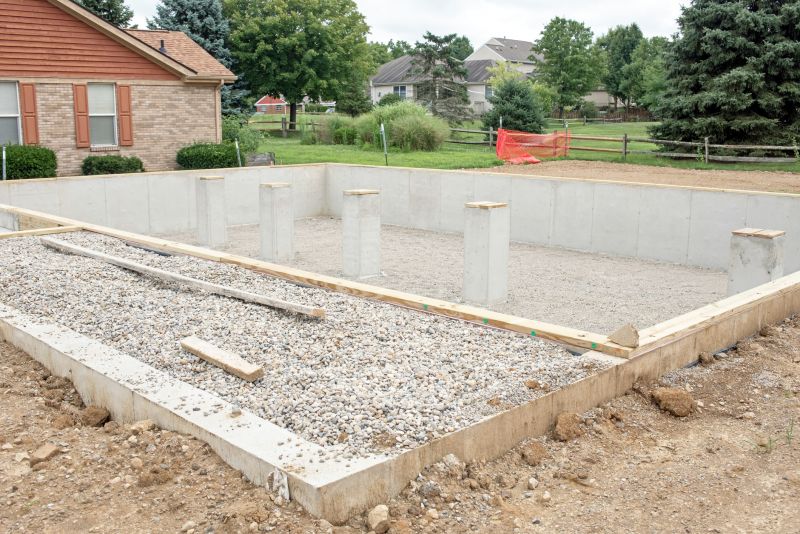
Spring offers moderate temperatures and stable ground conditions, making it suitable for repairs before summer heat and winter cold.
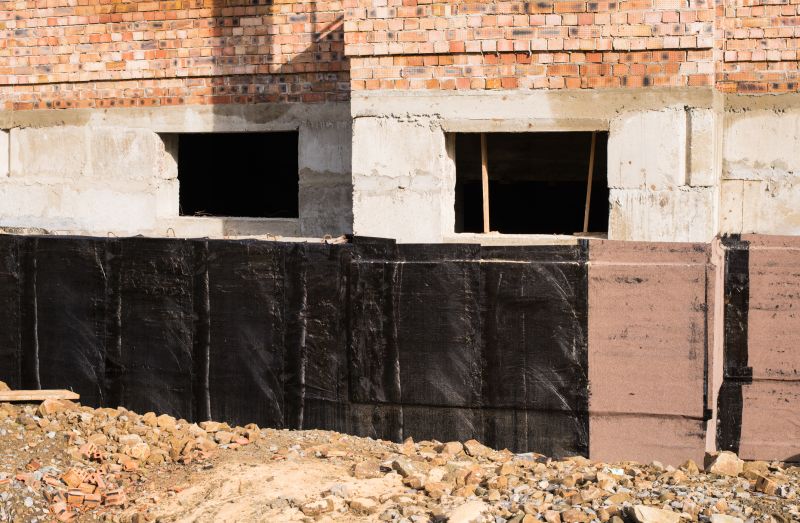
Summer provides longer daylight hours and dry weather, which can facilitate certain repair processes, though high temperatures may pose challenges.

Fall's cooler temperatures and less rainfall create optimal conditions for foundation repairs, especially before winter.
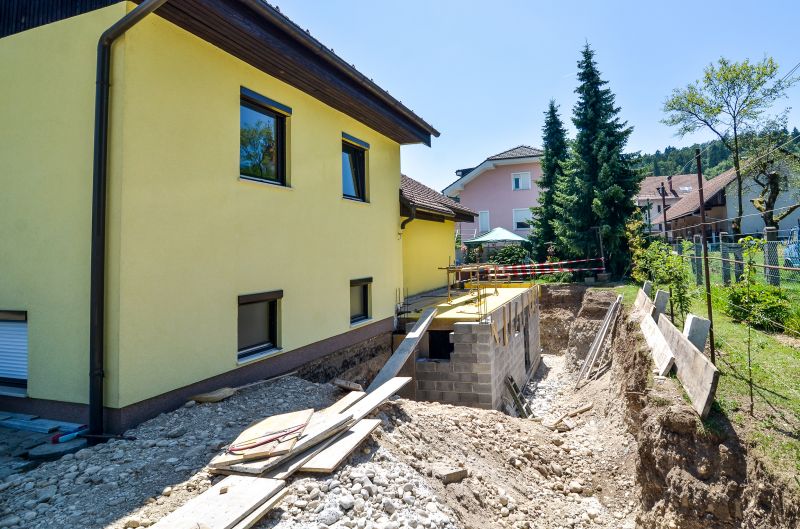
Winter is generally less ideal due to cold temperatures and frozen ground, but some repairs can be scheduled during mild periods.

Dry, moderate weather with minimal ground movement is ideal for foundation repairs, typically in spring or fall.
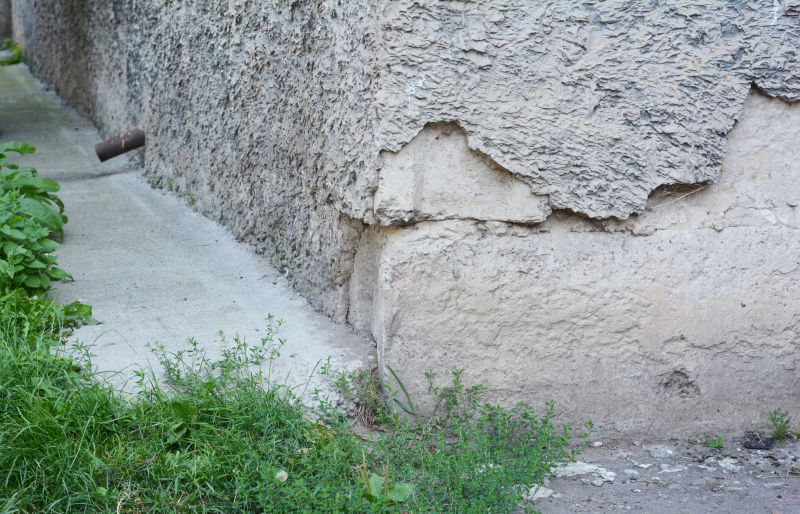
Local climate impacts repair timing; in Michigan, fall and spring are usually most suitable for foundation work.
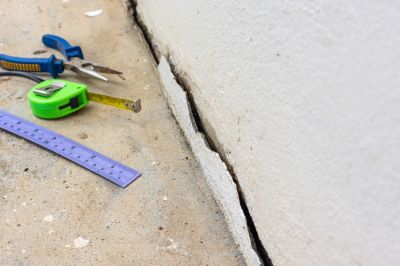
Ways to make Foundation Repairs work in tight or awkward layouts.
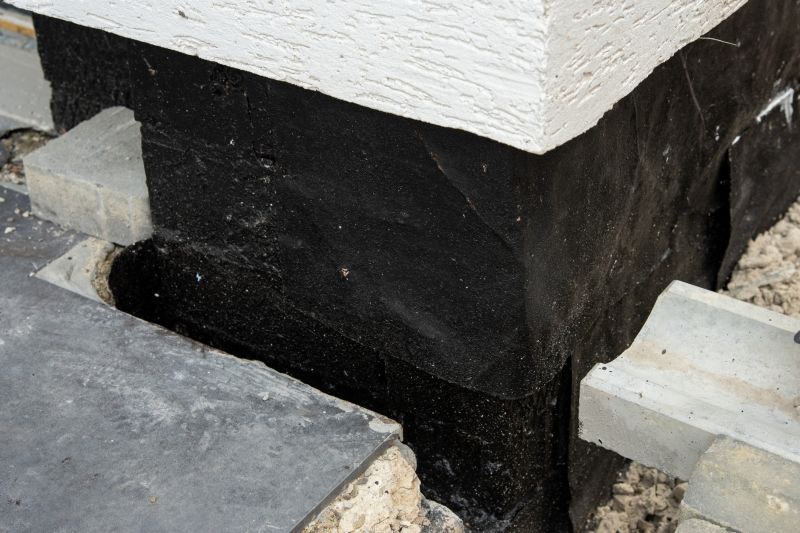
Popular materials for Foundation Repairs and why they hold up over time.
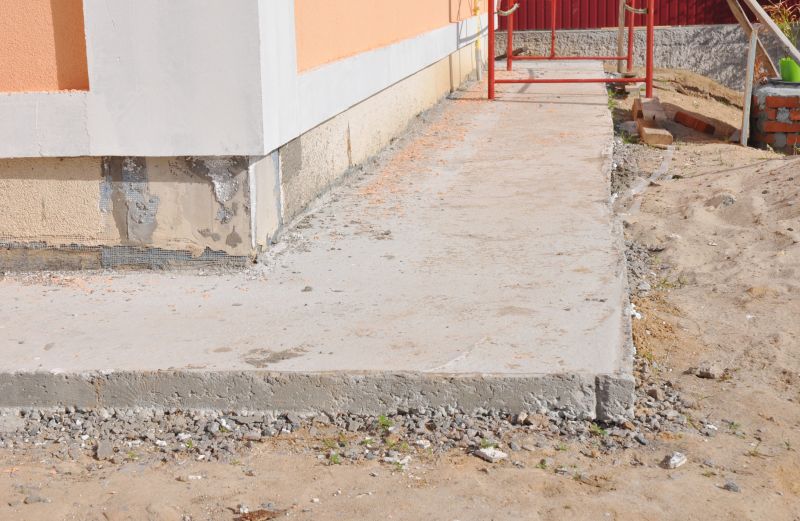
Simple add-ons that improve Foundation Repairs without blowing the budget.
Foundation repairs are essential for maintaining the structural integrity of a building. They address issues such as settling, cracking, and shifting that can compromise safety and property value. Proper timing ensures repairs are effective and minimize disruption. Seasonal factors like soil moisture content, temperature fluctuations, and ground movement influence the success of repair projects. In regions with cold winters, scheduling repairs during milder months can prevent complications caused by frozen ground. Statistically, addressing foundation issues early can reduce long-term costs and prevent further structural damage.
Cracks in walls, uneven floors, and sticking doors may indicate foundation problems requiring timely repairs.
Common methods include piering, underpinning, and slabjacking, selected based on the specific issue.
Early intervention can prevent extensive damage, improve property value, and ensure safety.
Scheduling repairs during favorable weather minimizes delays and complications.
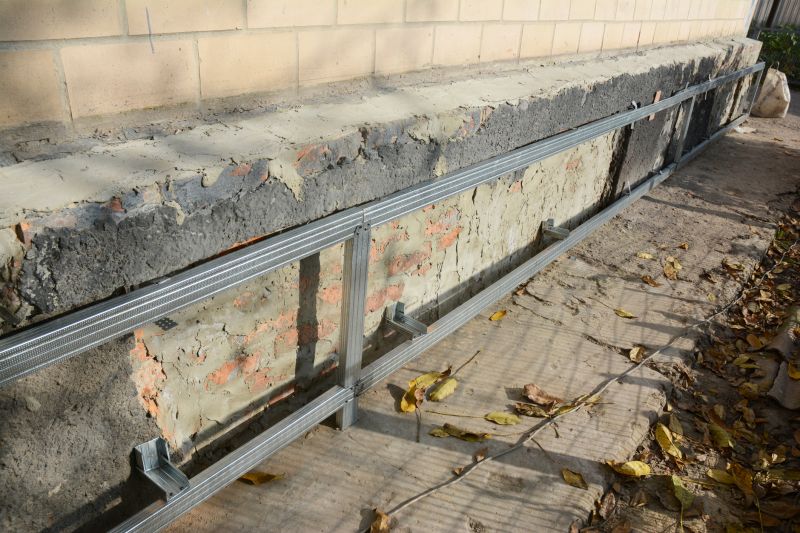
Visual of foundation stabilization techniques.
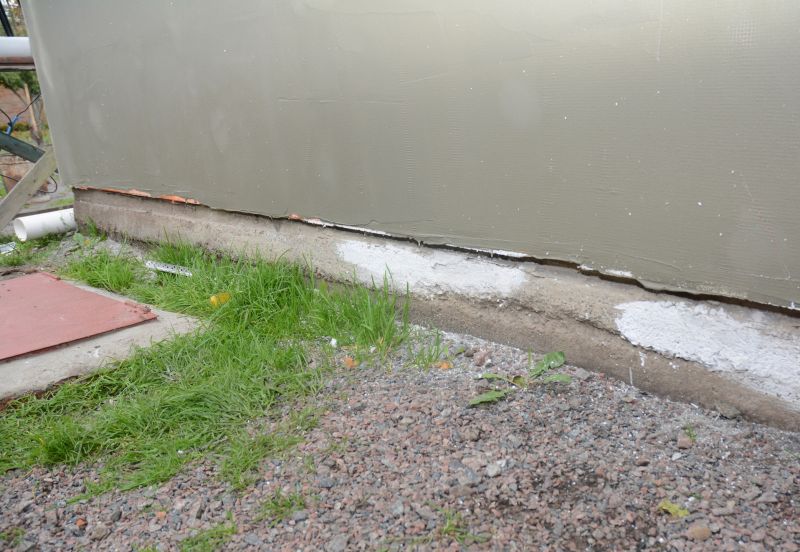
Comparison images showing structural improvements.
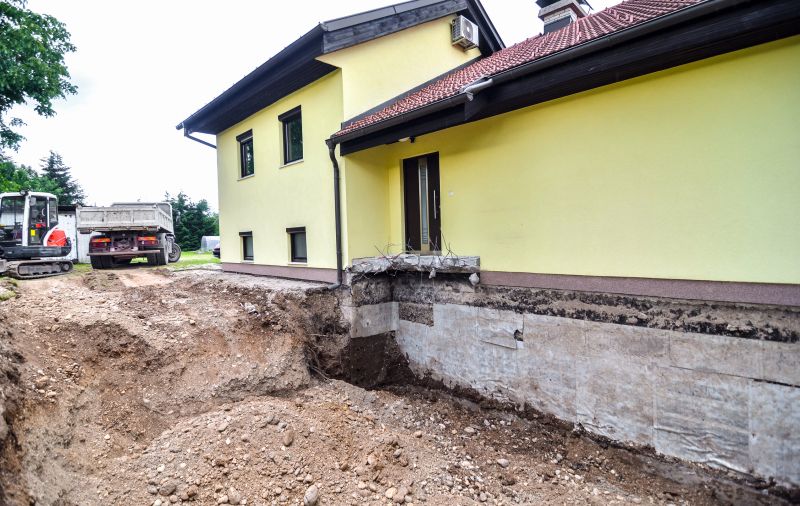
Photo of machinery and tools for foundation work.
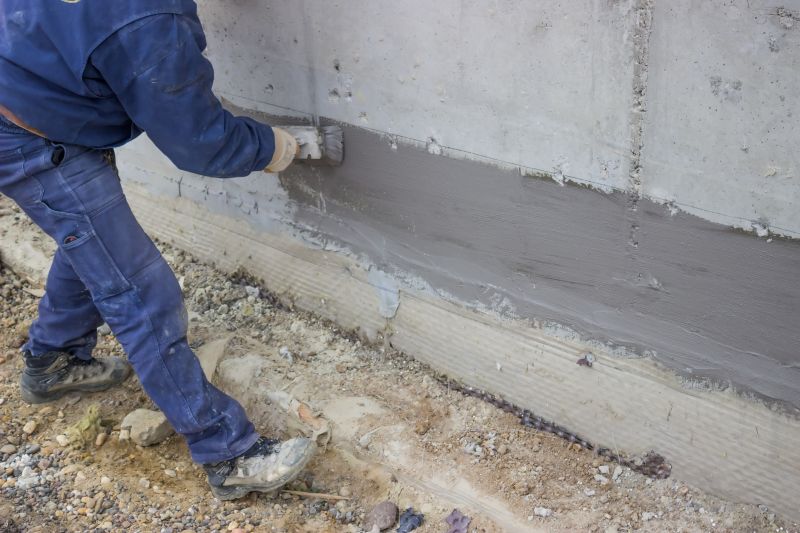
Close-up of crack sealing and reinforcement.

Image illustrating underpinning supports.
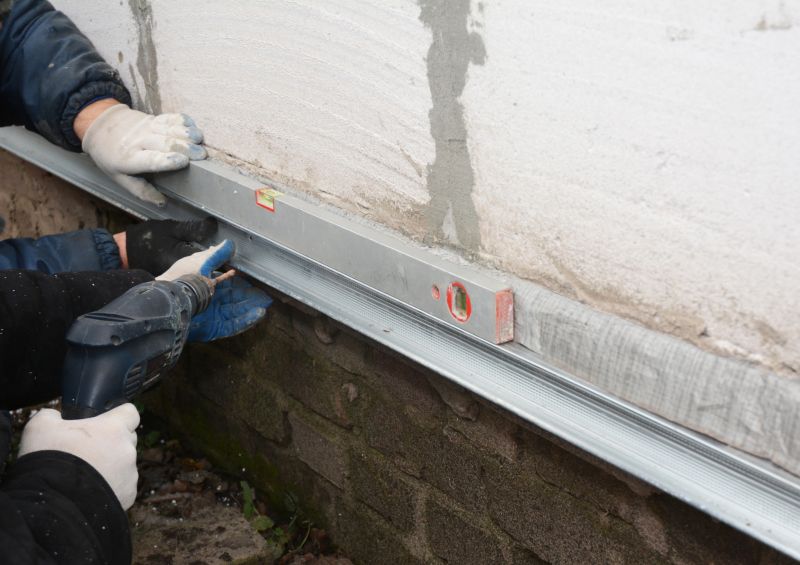
Photo demonstrating soil treatment methods.
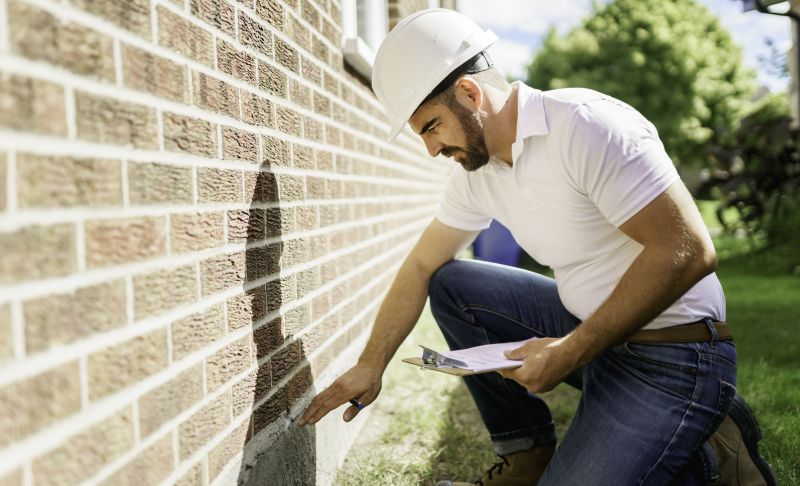
Visual of a technician examining a foundation.

Showcase of a fully repaired foundation.
| Season | Recommended Repair Timing |
|---|---|
| Spring | Ideal for most foundation repairs due to moderate weather. |
| Summer | Suitable if temperatures are manageable and ground is dry. |
| Fall | Optimal for repairs before winter, with cooler temperatures. |
| Winter | Less ideal; repairs may be limited to mild periods. |
Understanding the seasonal influences on foundation repairs can lead to better outcomes. Proper timing reduces the risk of delays caused by weather conditions and ground movement. Seasonal planning also helps in managing repair costs and ensuring the longevity of the fixes. In Michigan, fall and spring are generally the most favorable periods for foundation work, avoiding the extremes of summer heat and winter cold.

Diagram of scheduling repairs around seasonal weather patterns.
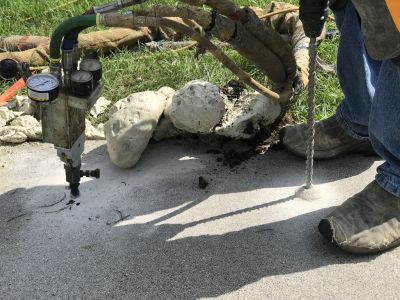
Tools and machinery used during repairs.
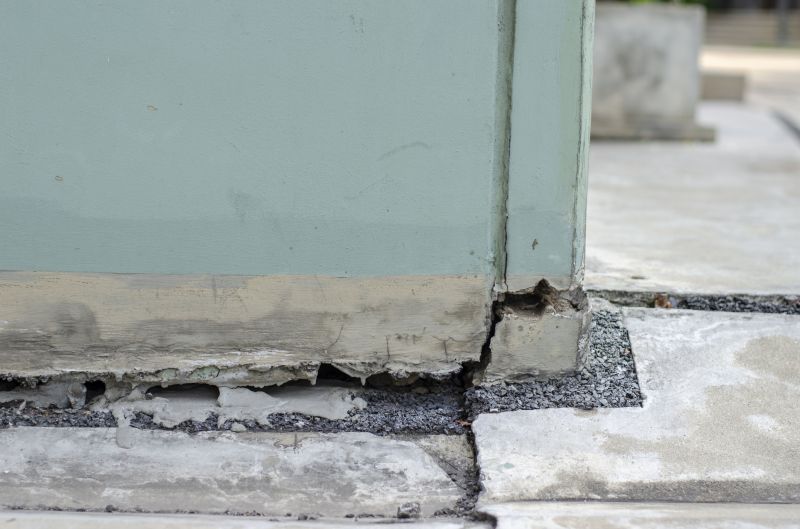
Image showing soil testing and analysis.
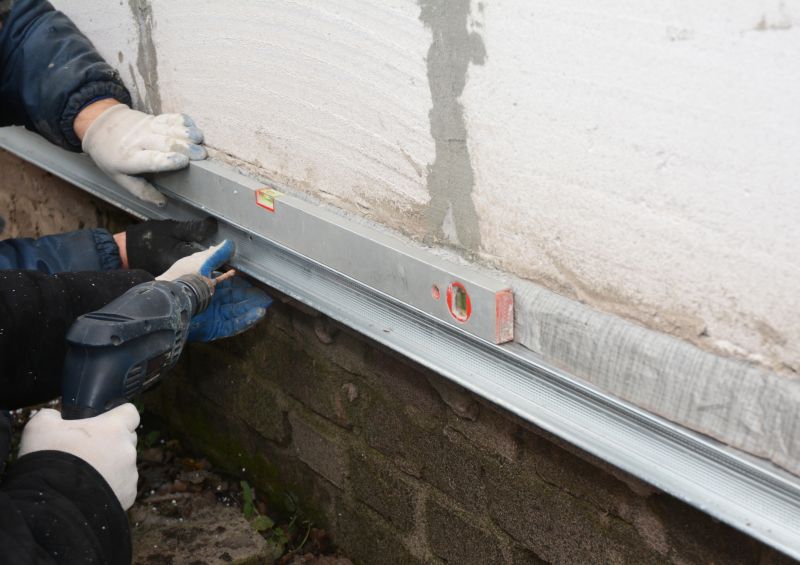
Visual of a stabilized and reinforced foundation.
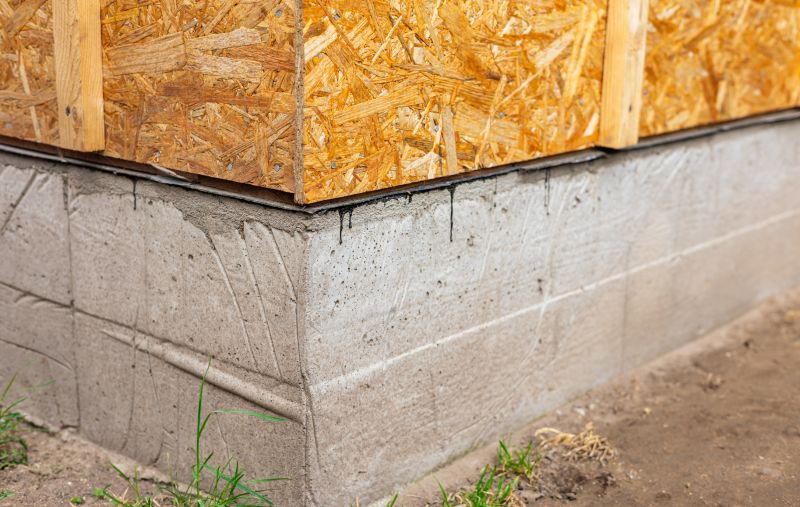
High-end options that actually feel worth it for Foundation Repairs.
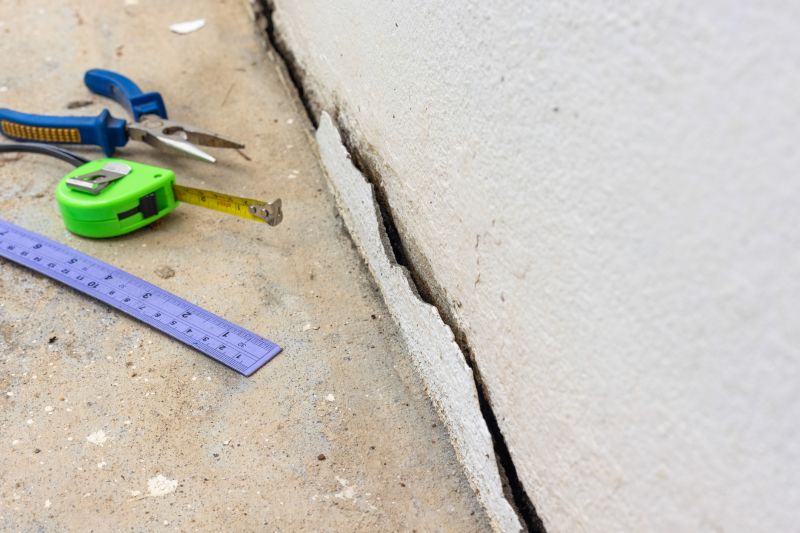
Finishes and colors that play nicely with Foundation Repairs.
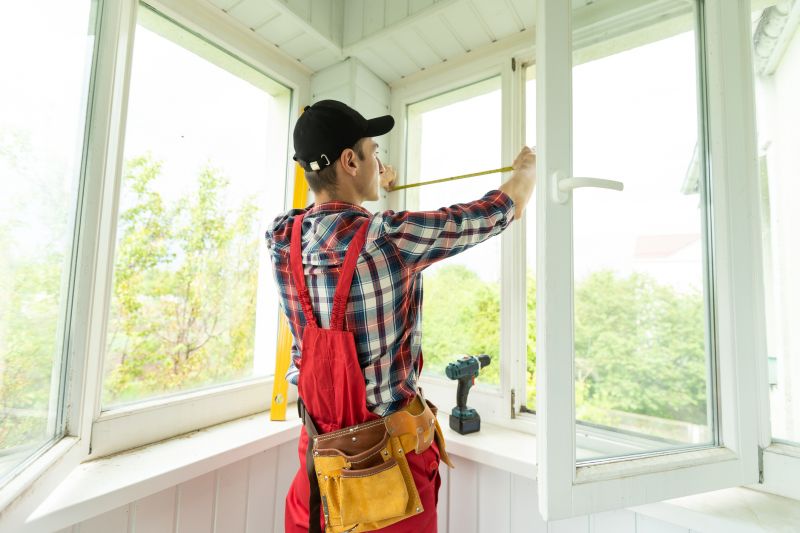
Little measurements that prevent headaches on Foundation Repairs day.
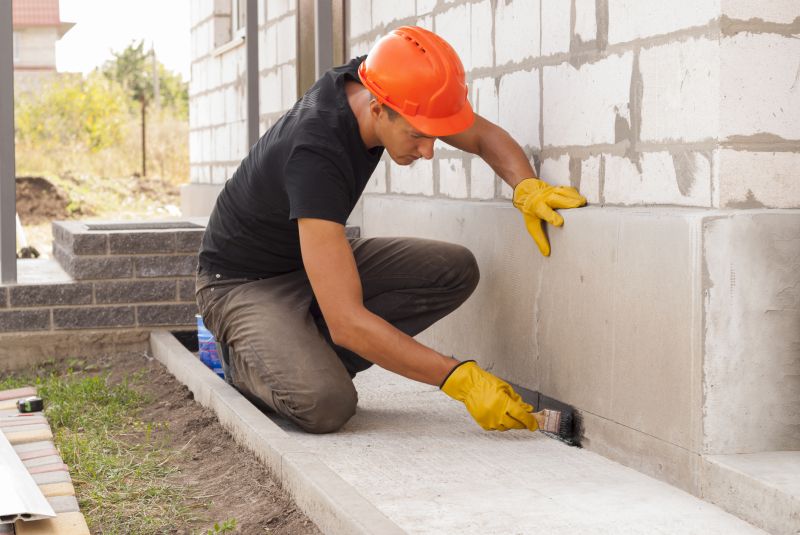
A 60-second routine that keeps Foundation Repairs looking new.
Timely foundation repairs are vital for preserving the structural integrity of a property. Addressing issues during the appropriate season can prevent escalation of damage and reduce repair costs. Consulting with foundation specialists can help determine the best schedule based on local climate and ground conditions. Proper planning ensures the durability of repairs and minimizes inconvenience.
Interested in foundation repair services? Fill out the contact form to get started.
